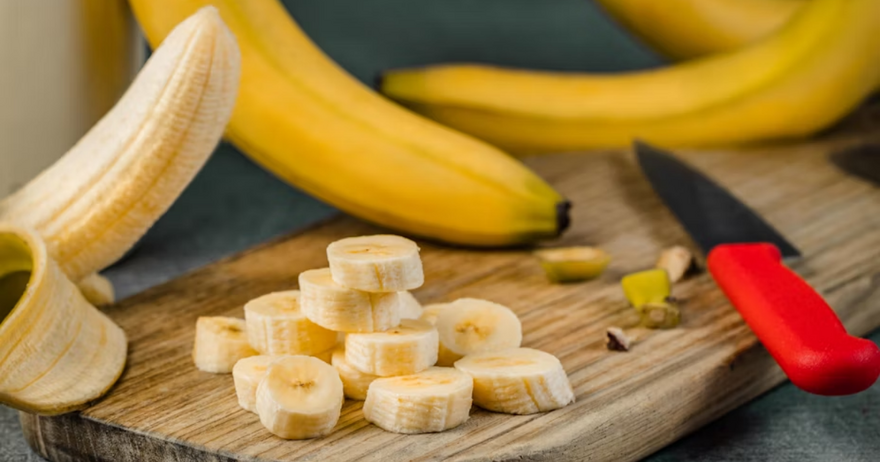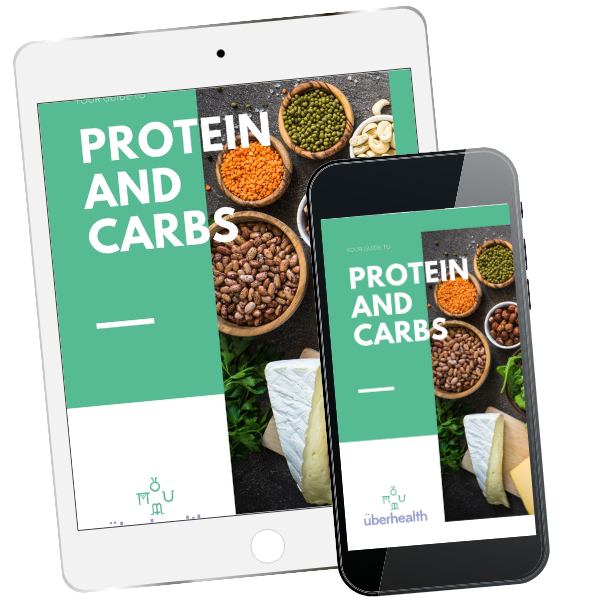What to eat before training..

Last month I went into detail about how important it is to eat after training. We looked at the types of foods to eat, how soon after training, and why I get all my clients to do this. We also looked a little bit into Intermittent Fasting and how important that even those of you who are IF, eat after training. If you’ve used this last month to assess your after-training fuel habits, and implement or level up new fueling strategies, Great!
Since that post I’ve had a lot of feedback and updates about how you’re going with your post training fueling; lots of great results coming through! There was also one question that a few of you were asking, so I thought I’d make it this month’s blog. Some of you were asking, “should I eat before training, and if so, what should I eat?”
Great questions peeps! And, like a lot of Sports and Performance nutrition, there isn’t a one-size-fits all answer. It depends on a lot of factors, such as:
- The type (cardio or strength based) of training you are doing
- The duration of the training session
- The intensity and volume of training in that block
- Your long-term goals (are you looking to improve body composition, increase muscle mass, work on speed or stamina)
- The long-term goals of your training, and where you are in a training schedule (periodisation)
- Most importantly, how you feel! Both during training and after the session.
As more and more research is being done in the fields of periodisation and the role nutritional adaption plays within our training and fitness outcomes, it can be confusing knowing what’s best for you. I wanted to break down some key terms that are being used in research and in Social Media, and then give you a few tips and advice.
Training High
Training High is the term used when we talk about exercising with high muscle and liver stores of glycogen. Training high can help athletes improve their GIT function whilst exercising, thus reduce the risk of tummy troubles during events. Training high can also reduce fatigue, both during the training session, and after. Training high may be used for 2nd (or 3rd) sessions for the day, or for intense training sessions (either duration or volume). To ensure an athlete is training high, adequate post-training fuel needs to be done in the session prior (if it’s a 2nd/3rd session of the day). Training high may also refer to consuming exogenous carbohydrate during the training session.
Training Low
The term, Training Low can be used for a few different things in Social Media or Research. Training Low can refer to training fasted, training during a ketogenic cycle of nutritional periodisation, training on a low carb high fat diet, training multiple sessions in a day without adequate recovery, and training with low exogenous carbohydrate intake.
Depending on the goals of the training session, and the long-term periodisation goals, training low maybe be used to improve carbohydrate utilisation, improve adaptation, and assist in body composition targets. As I mentioned last month though, even if you are Training Low, it’s so important that you refuel adequately AFTER training, even if you are IF.
So, what’s right for you?
It is important that you, and your coach if you have one, are on the same page for your training goals before you start playing around with your pre-training fuel. For example, if it’s off season and you’re trying to fat adapt on a LCHF diet, but you’re doing multiple long intense sessions, you are likely to experience fatigue, and potential reduction in performance. Alternately, if you are in a phase of training where you are trying to improve power, speed, or strength, and you’re consistently training fasted, you may not see the results you are looking for. Finally, if you are working on strength or body composition, it’s important to ensure that you are eating POST training, so you may need to train low to keep to your macros.
Here are some quick tips and guidelines
- Training sessions > 90mins, pre-training carb may help improve performance and reduce fatigue
- Training session < 90mins may not require pre-training fuel, UNLESS
- If the training session is the 2nd or 3rd session for one day, pre-training fuel is recommended, OR
- If the training session is designed to improve power, speed, or strength, pre-training fuel may help
- If training session is a low intensity (a walk, slow run, yoga class, easy weights session), pre-training fuel may not be required.
So, what do I mean when I talk about pre-training fuel?
Once again, it really depends on the outcome of the session you are aiming for. If it’s an endurance training session, I find most clients do well with 20-30g of carbohydrate to get them started. This may be half a banana, some honey on a corn thin or gluten-free toast, a small amount of fruit juice in water, or a sports gel. I don’t usually get my athletes ingesting large amounts of protein prior to training, even if it’s strength and conditioning, as it can often feel difficult to digest. However, more research is being done on females and the ingestion of BCAAs prior to training... watch this space!
One last thing!
Athletes who work with me know that I get them to practice their race nutrition, this includes the pre-event fuel. So, if an athlete is used to having a breakfast of honey on toast with a banana 2 hours before their training session, I get them to practice what this looks like on race day. This means getting up earlier, to practice the plan. Your body may need to adjust to eating at different times too, so keep this in mind.
If you want more information or to book an appointment you can find me at kira@kirasutherland.com.au as always.
Or, take a peek at my online education portal as I have recently created a few more offerings such as recordings of lectures I have done or my 7 week online Uberhealth for Athletes education program.
FREE RESOURCE


